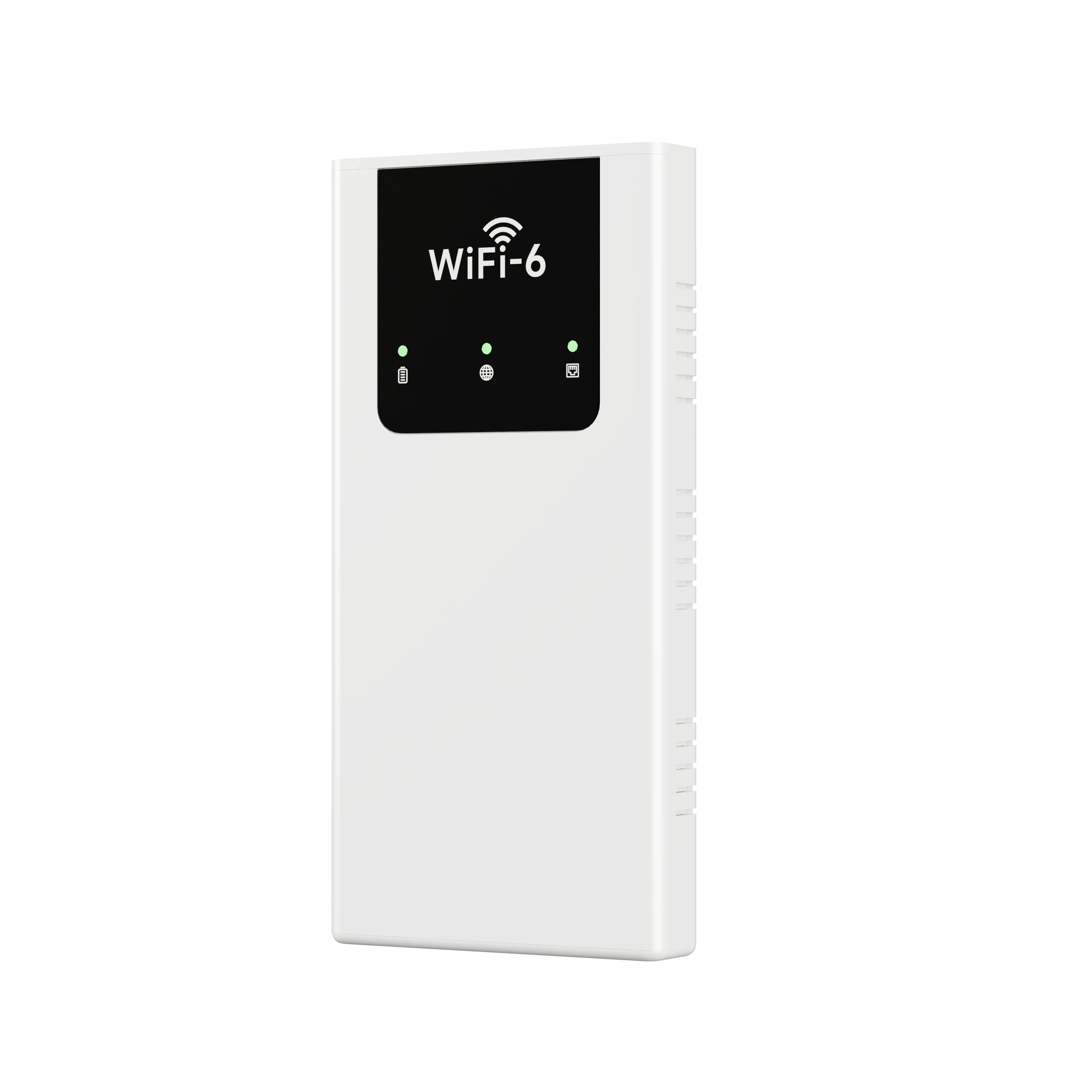Mastering the Art of Electrical Troubleshooting: A Comprehensive Guide for Professionals
Electrical problems can manifest in various forms, from flickering lights to complete power outages, and troubleshooting these issues requires a systematic approach. Whether you are a seasoned electrician or a DIY enthusiast, understanding how to effectively diagnose and resolve electrical problems is crucial. This article delves into advanced troubleshooting techniques, common issues, and best practices to ensure safety and efficiency.
Understanding Electrical Systems
Before diving into troubleshooting, it’s essential to have a solid understanding of electrical systems. An electrical system comprises various components, including circuits, breakers, outlets, and appliances. Each component plays a vital role in the overall functionality of the system. Familiarity with electrical theory, such as Ohm’s Law and Kirchhoff's Circuit Laws, can provide a strong foundation for troubleshooting.
Step-by-Step Troubleshooting Process
- Safety First: Always prioritize safety when dealing with electrical systems. Before beginning any troubleshooting, ensure that you have the appropriate personal protective equipment (PPE), such as insulated gloves and safety goggles. Additionally, turn off the power at the circuit breaker to avoid electrical shock.
- Identify the Symptoms: Begin by observing the symptoms of the electrical problem. Common issues include:
- Flickering lights
- Tripped circuit breakers
- Non-functioning outlets
- Overheating appliances Documenting these symptoms can help narrow down potential causes.
- Check the Circuit Breaker: A tripped circuit breaker is often the first sign of an electrical issue. Inspect the breaker panel for any tripped breakers and reset them if necessary. If the breaker trips again, it indicates a deeper issue, such as a short circuit or overload.
- Inspect Outlets and Switches: Use a multimeter to test outlets and switches for continuity and voltage. A lack of voltage may indicate a faulty outlet or wiring issue. Look for signs of damage, such as burn marks or melted plastic, which can signal a serious problem.
- Examine Wiring: If the issue persists, inspect the wiring throughout the circuit. Look for loose connections, frayed wires, or signs of corrosion. Pay special attention to junction boxes, as they are common points for wiring issues.
- Test Appliances: If specific appliances are malfunctioning, test them individually. Unplug the appliance and check for any visible damage. If possible, test the appliance in a different outlet to determine if the issue lies with the appliance or the electrical system.
- Use Diagnostic Tools: Advanced troubleshooting may require specialized tools such as:
- Clamp Meters: For measuring current without disconnecting wires.
- Voltage Testers: To check for live wires.
- Insulation Resistance Testers: To evaluate the integrity of insulation in wiring.
- Consult Electrical Schematics: For complex systems, refer to electrical schematics or blueprints. These documents provide valuable insights into the layout and connections of the electrical system, aiding in pinpointing issues.
Common Electrical Problems and Solutions
- Overloaded Circuits: This occurs when too many devices draw power from a single circuit. To resolve this, redistribute the load across multiple circuits and consider upgrading the circuit if necessary.
- Ground Faults: Ground faults happen when electricity escapes the intended path, often due to damaged insulation. Installing Ground Fault Circuit Interrupters (GFCIs) in wet areas can prevent these issues.
- Voltage Drops: Significant voltage drops can lead to appliance malfunction. Check for loose connections and consider upgrading wiring to a larger gauge to reduce resistance.
- Flickering Lights: This can be caused by loose bulbs, faulty fixtures, or poor connections. Tighten bulbs and inspect fixtures for damage. If the problem persists, check the circuit for overloads.
Best Practices for Electrical Troubleshooting
- Document Findings: Keep a detailed log of symptoms, tests performed, and solutions attempted. This documentation can be invaluable for future troubleshooting and for sharing with other professionals.
- Stay Updated: Electrical codes and technologies evolve. Regularly update your knowledge through training and certifications to stay current with best practices and safety standards.
- Know When to Call a Professional: Some electrical problems can be complex and dangerous. If you encounter an issue beyond your expertise, don’t hesitate to consult a licensed electrician.
Conclusion
Troubleshooting electrical problems requires a blend of knowledge, experience, and safety awareness. By following a systematic approach and employing advanced diagnostic techniques, you can effectively identify and resolve a wide range of electrical issues. Remember, the key to successful troubleshooting lies not only in technical skills but also in a commitment to safety and continuous learning. Whether you are maintaining a residential system or managing a commercial installation, mastering these troubleshooting techniques will enhance your proficiency and confidence in handling electrical problems.
